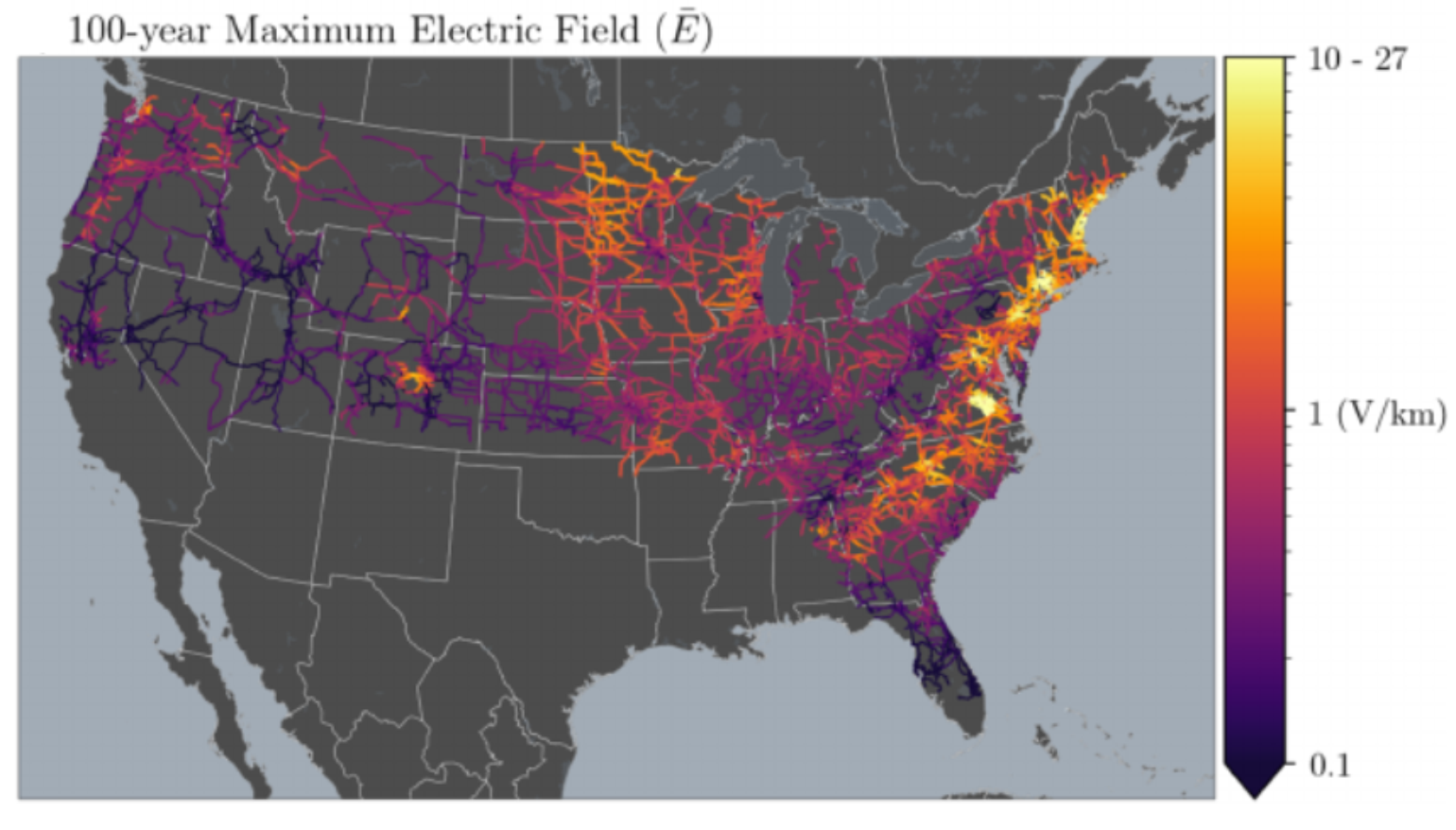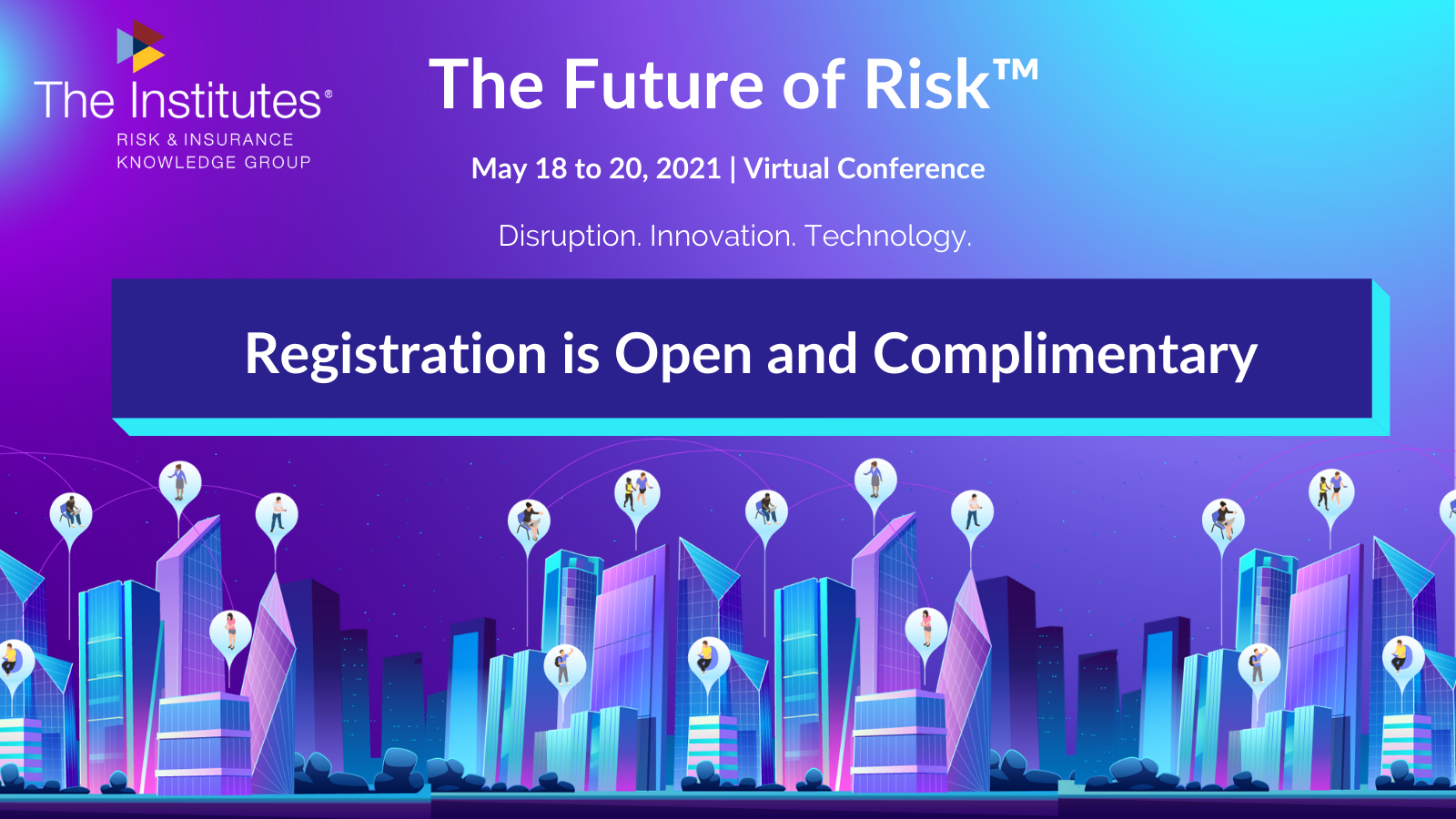Straight-through processing (STP) is becoming more common in insurance underwriting and claims, especially in personal lines, individual life and small commercial. Adoption rates in more complex lines and in claims processes remain relatively low, so STP is by no means universal across the industry. However, it’s likely to remain a priority for insurers seeking to improve the ease of doing business for their distribution partners and create more convenient customer experiences for their policyholders.
Generally speaking, STP refers to the ability for insurer systems to automatically process transactions without manual intervention or input. The system ingests data digitally and completes the transaction based on decisions governed by algorithms, including predictive models and simple business rules. STP offers insurers benefits in speed, consistency, productivity and application throughput while making the customer experience quicker and more convenient.
Technological Factors
Technological improvements over the past two decades have been a major factor in the rise of STP. The most fundamental of these has been the internet, which has both enabled the connectivity underlying STP as well as shaped consumer expectations for user experience and speed.
More recently, modern insurance core systems with the ability to automatically adjudicate applications based on configured business rules, combined with modeling capabilities that can capture underwriting factors and predict outcomes, have made it possible to process applications without human oversight.
Insurers also now have access to a wealth of high-quality, third-party data, which can enable pre-fill, eliminate unnecessary questions or inform insurers of potential risk factors. AI and machine learning capabilities to refine algorithms and flag potential fraud have also contributed to insurers’ confidence in STP.
STP in Underwriting
STP in underwriting is most common in personal lines and individual life—lines that are under cost pressures and, increasingly, sold online. More than 80% of insurers selling these lines have at least some level of automated underwriting, and many personal lines insurers process straight through more than three-quarters of the time.
Large commercial and specialty lines typically don’t have high rates of STP, because these lines are generally sold through agents and brokers. Even where insurers have supported some level of automation (for example, via portals with rating components), most policies aren’t written straight through. Instead, insurers are focusing on distribution connectivity, which is itself a prerequisite for effective STP.
See also: The Digital Journey in Commercial Lines
Small commercial and workers’ compensation lines occupy a middle point. Many of these products still require manual underwriting, but they’re also seeing increasing direct sales activity, often directed at niche market segments. Carefully defining sales targets in this way allows insurers to facilitate STP for these lines, as they can design tailored products governed by specific business rules that rule out more complex risk scenarios.
STP in Claims and Digital Claims Payments
For most insurers, though, STP in claims is fairly uncommon. Nearly 60% of insurers have no STP in this area. On average, fewer than 10% of claims are processed straight through in any line. It’s most common in personal lines and (for payouts) in annuities.
Claims STP is likely to become more common, especially in personal lines and individual life, as insurers continue to improve their core system capabilities and as the availability and quality of third-party data improves. Where coverage limits are relatively low, insurers can increase their levels of automation to create faster and more convenient claims processes.
Insurers have achieved more substantial automation in digital claims payments. A third to half of insurers process and deliver claims payments digitally (depending on the line of business), and 10% to 20% of insurers do so most of the time. Digital payments are likely to be a priority area for insurers. Since COVID-19 forced many insurers to send some workers into the office to print and mail checks, manual and paper processes of all kinds are under intense scrutiny.
The STP “Sweet Spot”
Generally, STP is most effective when four factors apply to a particular line of business or transaction:
- Risks are well understood, which makes modeling easier
- Data is easily accessible and generally reliable
- Speed is at a premium to be competitive
- Margins are thin, so productivity and throughput drive profitability
Figuring out where to enable STP isn’t always a question of looking at specific lines or products and determining whether these factors apply. Insurers can also use these principles to design new products, especially for direct distribution—for example, by defining the allowable risk profile for a particular product more narrowly so it’s limited to the cases that are most likely to be profitable.
The Future of STP
While the industry as a whole is trending toward greater automation, most insurance will never be completely straight through; there will always be some complex claims scenarios or unusual risks that will require human intervention and review. That itself is part of STP’s value, though: When technology handles the easy processes, humans have more capacity to focus on higher-value work.
See also: Insurance Outlook for 2021
Enabling STP has an upside for those human actors, as well. Investing in better data creates resources human underwriters can use, and better connectivity eases integration and improves ease of doing business for distribution partners.
Even just the process of implementing STP can have benefits. Creating the business rule framework or algorithm to adjudicate an application—or even figuring out if a particular process can be done straight through—requires insurers to examine their workflows, understand what really matters and justify what is done and why. That can lead to process and product improvements that wouldn’t have surfaced otherwise, as legacy mindsets can hide in all kinds of places.
For more on STP, please see Novarica’s recent report, Straight-Through Processing in Underwriting and Claims.




































